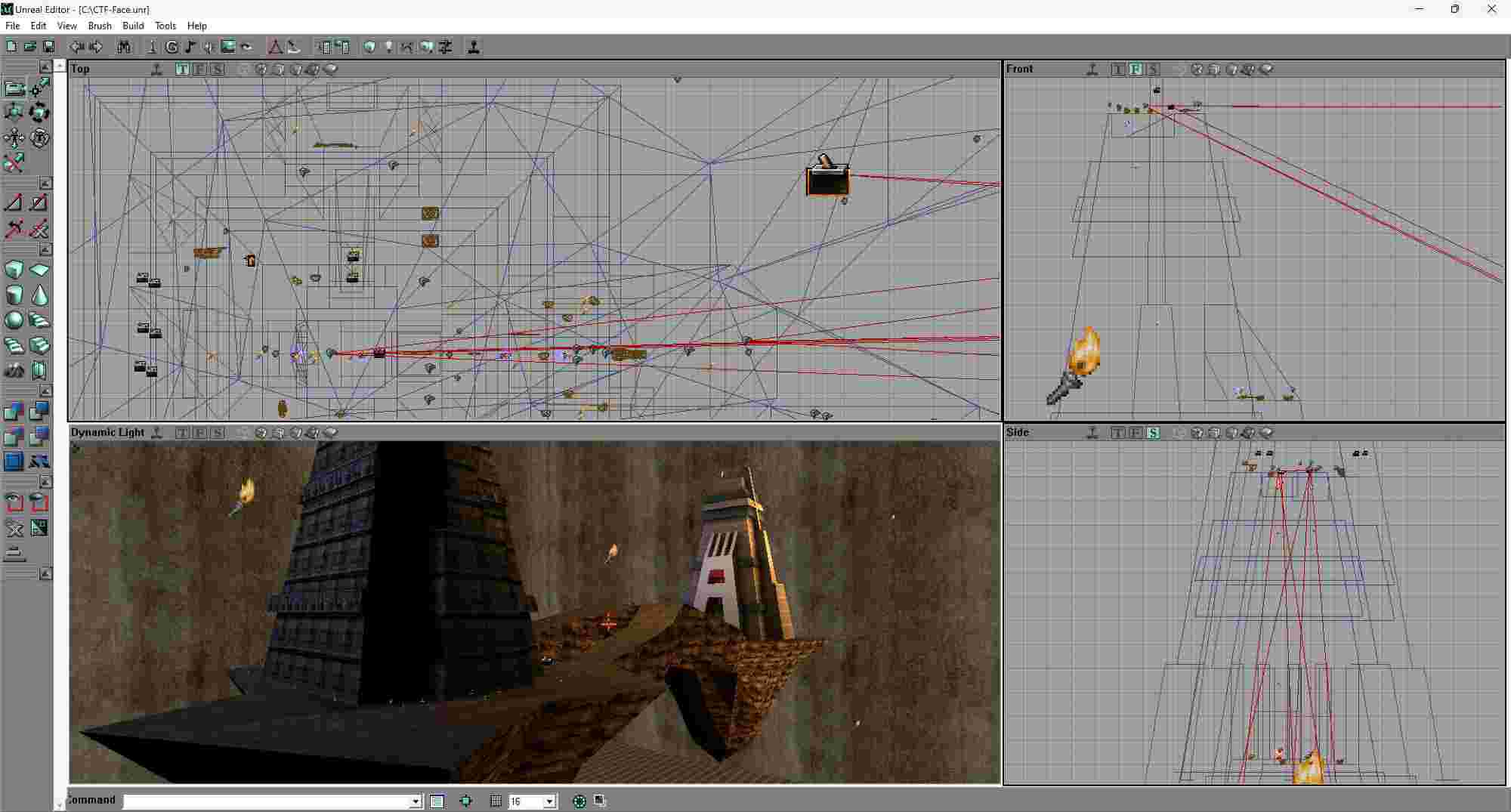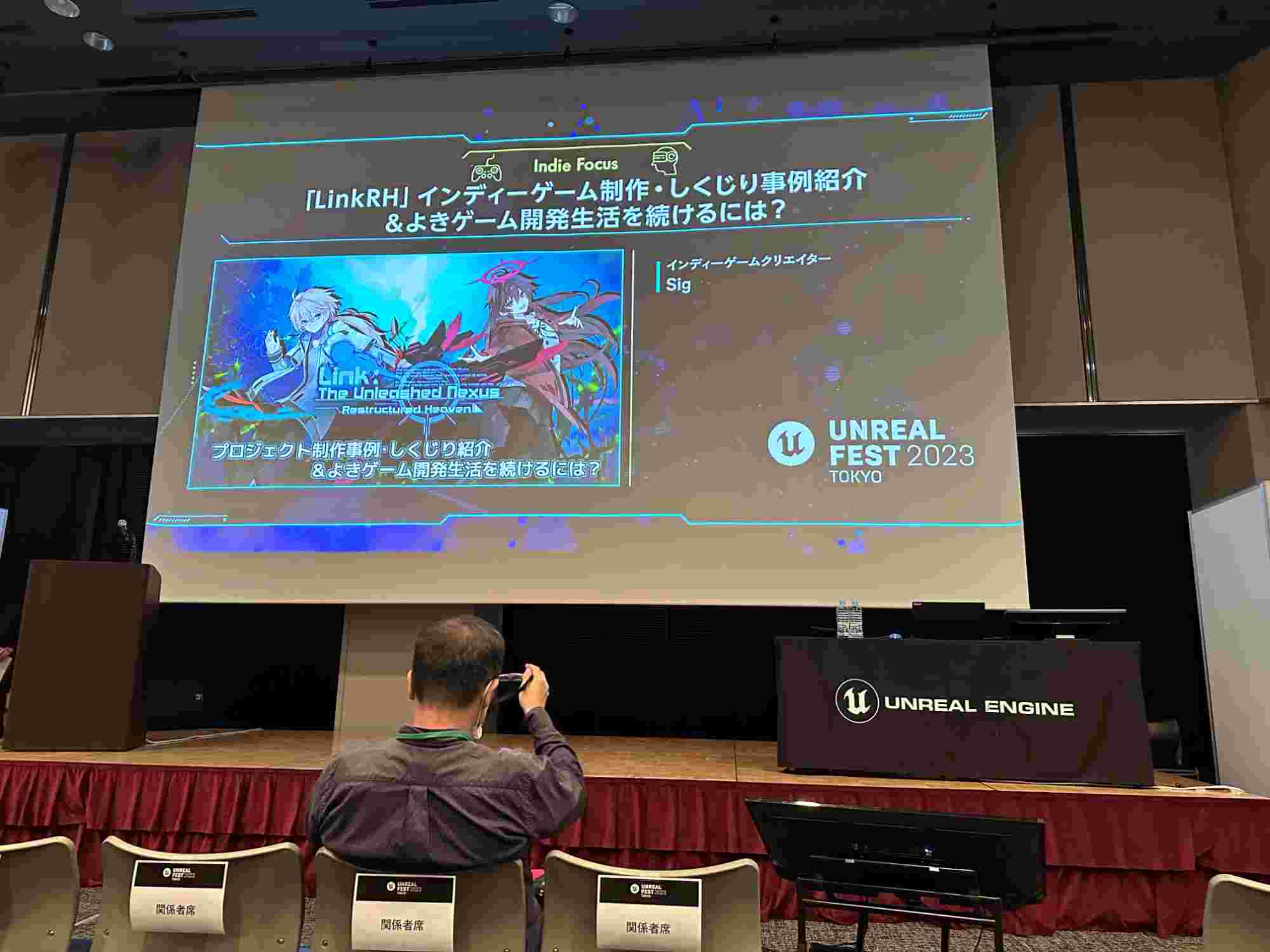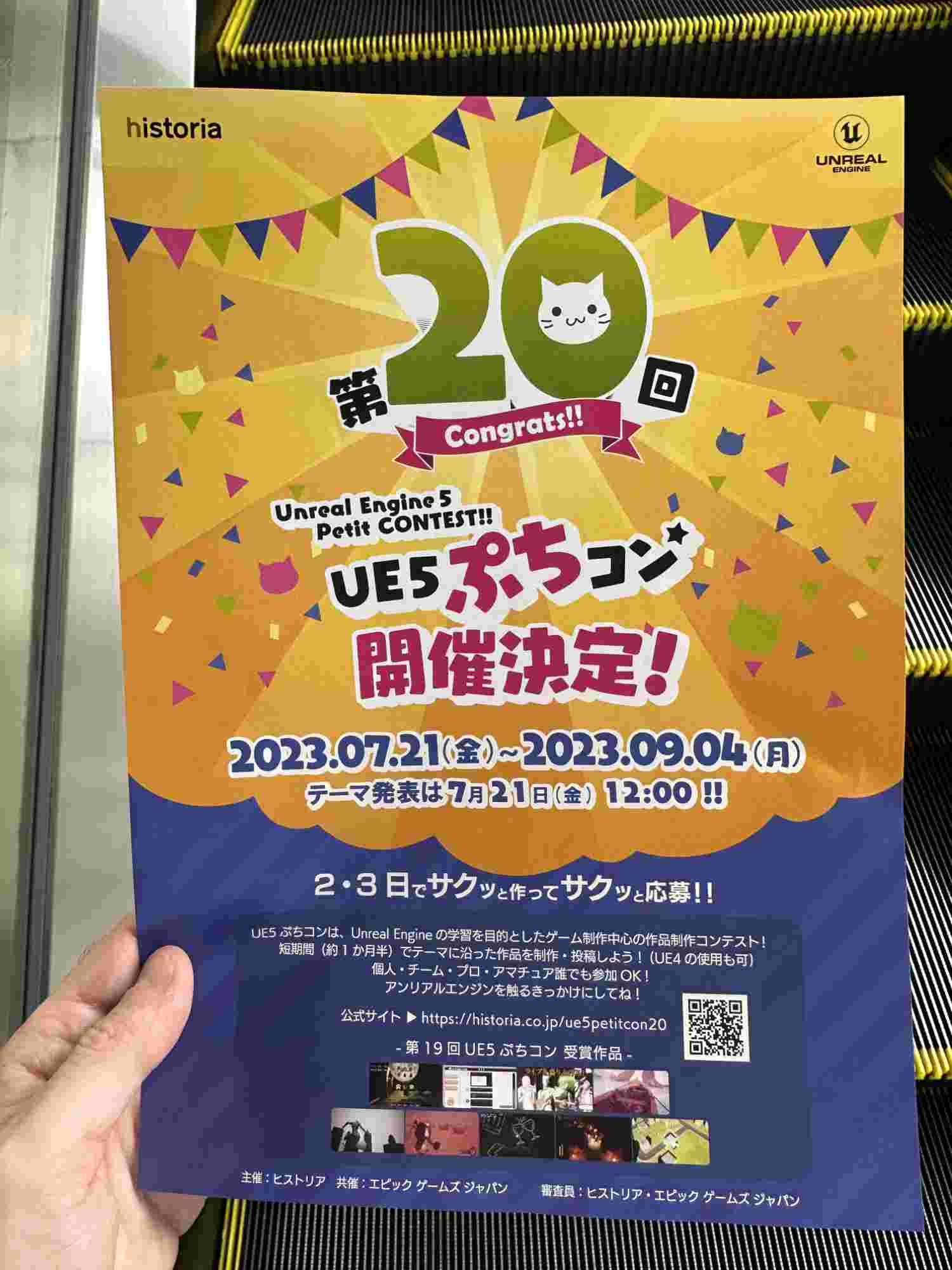Push Golf and the Unreal Engine 5 Petit Contest: From Nostalgia to a Game Jam (Part 1)
Unreal and I
I was born in a small city but always had big dreams, especially when it came to computers and games.
One day, I remember reading in a game magazine about a new FPS called Unreal , which promised to blow everyone’s mind with groundbreaking tech— Unreal Engine .
I was excited.
When Unreal finally came out, I grabbed a gaming magazine with a demo, but my old Pentium 120 MHz with 16MB RAM was too weak to run it. All my dreams shattered. Thankfully, I got to try the demo at a friend’s house, but for me, it was back to Quake .
About a year later, I had upgraded my PC—finally capable of running newer games—and just in time for Unreal Tournament . This game wasn’t a direct sequel to Unreal, but a multiplayer-focused experience that captured gamers’ hearts worldwide, including mine!

But for me, it wasn’t just the multiplayer that fascinated me.
It was the included map editor: UnrealED.
UnrealEd
UnrealEd (Unreal Editor) was my introduction to modern game development. You could create or modify maps, and the thought of sharing my creations with the world was thrilling.
It wasn’t easy at first. UnrealEd was anything but beginner-friendly. The geometry brushes system confused me, and placing geometry or items felt like an impossible Ravensburger 3D Puzzle.
But after some trial and error—and a little help from online forums—I created my first complete Unreal Tournament deathmatch map, heavily inspired by Mario Kart 64 ’s Block Fort.
I uploaded the map, and soon, dozens of random players were dropping in to playtest it—a surreal, or should I say unreal, experience.
Even though my map wasn’t ideal for deathmatch (and if you know Block Fort, you can imagine why), it was a formative experience for middle-school me.
I was hooked on creating.

Unreal Engine
Epic continued to push out hit after hit with their own games, like the Gears of War series, further solidifying Unreal’s reputation as the go-to AAA engine.
Soon after, Epic Games began widely licensing Unreal Engine, and its logo at the start of a game became a sign of top-tier quality. Studios like Gearbox , with Borderlands , also adopted the engine, showcasing its versatility and widespread appeal.
However, the high cost of licensing the engine made it inaccessible to indie developers like me. So, many of us turned to cheaper or free alternatives like XNA , Cocos2d , or Unity .
That all changed with Unreal Engine 4 and its more indie-friendly licensing model.
Unreal Engine 4
When Unreal Engine 4 first released, I knew I had to try it.
I didn’t waste time. I downloaded it via the Unreal Engine Launcher (later known as the Epic Games Launcher).
Running UE4 felt like reuniting with an old friend—UnrealEd—but in a sleek, modern form. The interface was polished, and the engine had come a long way since my early days of creating maps in Unreal Tournament.
As a 2D game lover, I initially focused mainly on Paper 2D , Unreal Engine’s toolset for creating 2D games. It provides developers with the ability to use sprites, tile maps, and other 2D assets within the powerful 3D engine.
I was excited to leverage it for my projects, hoping to combine Unreal’s robust features with my 2D ambitions. However, after a few months of experimenting, it became clear that UE4’s real strength lay in 3D development.
Unreal Engine 4 was still heavily focused on creating visually stunning, high-fidelity 3D experiences, which made sense given Epic’s history. Unfortunately, Paper 2D felt underdeveloped in comparison, and it just wasn’t the right fit for the 2D projects I had in mind at the time.
Unreal Fest Tokyo 2023
Fast forward another few years, and I’m now living in Tokyo, still searching for my path in game development.
During the pandemic, in-person events were practically nonexistent, but when Unreal Fest Tokyo 2023 was announced to take place in Akihabara on June 2-3, I jumped at the chance. I had drifted away from Unreal Engine by that time, but the event sounded cool, and hey—it was free!
The event was amazing. I got to learn about the latest features of UE5 and interact with the Unreal community, both Japanese and international.

That’s when I was handed a flyer for the recently concluded Unreal Engine 5 Petit Contest (also known as UE5 PuchiCon)—a laid-back game jam focused on Unreal Engine, and it sounded like the perfect opportunity to get started with UE5.
At the event, the Petit Contest organizers were showcasing developers’ creations on stage with live commentary, and the first floor was packed with PCs where attendees could play the game jam entries.
I thought, ‘How cool would it be to see something I created on that stage?’ That was the moment I knew I wanted to take part in the contest.

A Small Detail I Forgot…
Excited to jump into UE5, I remembered a small but critical detail: my 2019 Intel MacBook Pro was barely adequate for Unity, let alone UE4 or UE5. Even on the lowest quality settings, it couldn’t manage more than single-digit FPS in the editor, and compiling C++ took literally forever.
I was devastated. It was clear my aging laptop wasn’t going to cut it for the Petit Contest. By then, Apple had already rolled out its blazing-fast M1 processors , and my Intel MacBook felt ancient.
But fate intervened—my MacBook died a couple of months later, and since my AppleCare+ extended coverage had just expired, I was faced with an outrageous repair bill.
I suddenly was in the market for a new PC.
Building My New PC
Instead of buying a new laptop, I opted for a desktop workstation. UE5 is demanding, and desktop power just made more sense. Plus, GPU prices were finally coming down after the crypto-mining craze.
I started looking at pre-built PCs but found the markup insane. For the price of a modest pre-built system, I could build a monster rig myself.
And so I did.

Building it was fun, mostly painless, and incredibly satisfying. I selected each component carefully, and when I finally booted it up, the performance difference with my old MacBook Pro was, of course, staggering. It felt like a whole new world of possibilities had opened up.
I couldn’t wait to install Unreal Engine 5 .
Finally, Unreal Engine 5
The first thing I did after installing Windows 11 and all the necessary drivers was fire up UE5.
It was beautiful.
The UI felt familiar yet refined compared to UE4, and everything ran flawlessly in 4K .

I immediately jumped into tutorials.
Learning about Blueprints (Unreal Engine’s visual scripting system), which felt more intuitive than I’d expected. While I still needed to brush up on C++, I was impressed by how easy it was to get things up and running in UE5.
I was gearing up for the Petit Contest—then, suddenly, the theme for UE5 Petit Con 21 dropped.
Would it spark something great?
Could I pull it off in time?
With the theme in hand and the pressure mounting, the real challenge was just beginning.
The story continues in Part 2 …
 Push Golf and the Unreal Engine 5 Petit Contest: Creating the Game (Part 2)
Push Golf and the Unreal Engine 5 Petit Contest: Creating the Game (Part 2)Related Articles
 Push Golf and the Unreal Engine 5 Petit Contest: Creating the Game (Part 2)
Push Golf and the Unreal Engine 5 Petit Contest: Creating the Game (Part 2) Ludum Dare 50: Delay the Inevitable
Ludum Dare 50: Delay the Inevitable I Participated in Ludum Dare 47 and Made a New Game in a Weekend
I Participated in Ludum Dare 47 and Made a New Game in a Weekend Starting out with Godot
Starting out with Godot Tearful Heart Retrospective
Tearful Heart Retrospective